Allergies refer to hypersensitive immune reactions in some people against certain foreign bodies that are typically harmless. These factors, known as allergens, can include dust, pollen, medication, food groups, pet dander, etc.

Most Common Allergy Triggers and Their Prevention
Below are some common allergy triggers.
1. Pollen
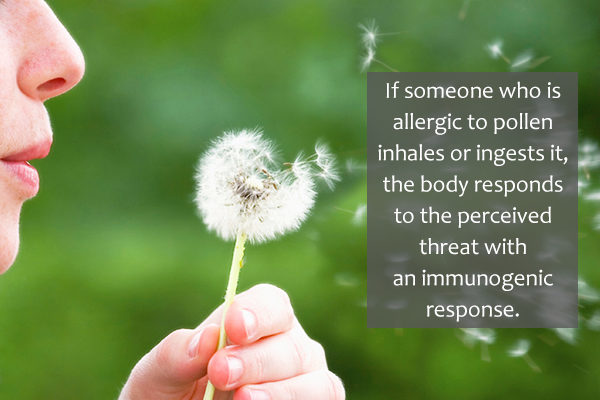
Pollen is a very fine dust-like substance that is shed by trees, grass, and weeds and is released into the surrounding atmosphere.
In the United States, pollen figures among the top allergy triggers. This allergic reaction is usually characterized by cough, congestion in the nasal passages, red and watery eyes, and runny nose. (1)
Moreover, certain chemical pollutants that are inhaled along with the pollen can exacerbate an allergic reaction by causing damage to the pollen’s cell wall and thereby enhancing the release of allergens. (2)
Prevention
Follow these tips to prevent getting an allergic reaction:
- Try to stay indoors when the pollen count is high, especially if it is hot and windy outside.
- To limit the entry of pollen inside your home, keep the windows and doors shut.
- Use an air conditioner equipped with HEPA filters that keep the pollens from getting in.
- If being outdoors is unavoidable, wear protective gear such as sunglasses and a mask.
- Since pollen grains can get stuck on your clothing and end up in your home, change out of the clothes you wore outside as soon as you get back home.
2. Animal dander
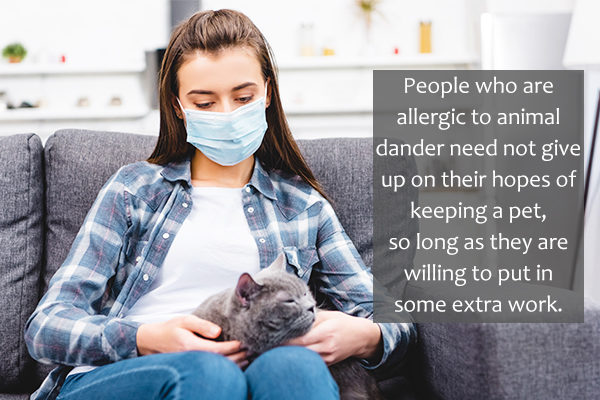
Animal dander is tiny flakes of dead skin shed from the skin or hair of furry animals, such as cats, dogs, rodents, and birds, among others. (3) Therefore, domestic, farm, and laboratory animals are major sources of allergens that can cause sensitization and allergic diseases. (4)
Prevention
If you are allergic to animal dander, adopt the following measures:
- Give your pet regular baths to wash off the dander and keep it from contaminating your living space.
- Don’t allow pets into your bedroom or on furniture.
- Regularly change and wash your bedding to get rid of any dander.
- Frequently vacuum the floor and furniture.
3. Mold
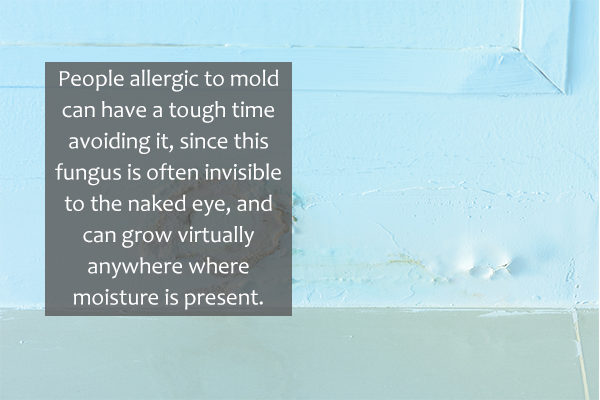
Since mold can grow anywhere where moisture is present and is often invisible to the naked eye, people allergic to this fungus can have a tough time avoiding it.
The incidence of mold allergy is largely under-reported because people allergic to mold are often sensitized to other allergens that they have been previously exposed to and may already have IgE antibodies against them. (5)
The presence of these antibodies camouflages the symptoms of mold allergy.
Prevention
People who are allergic to mold should take the necessary precautions to keep their house mold-free.
- Properly ventilate and dry out the areas that tend to remain damp, such as the bathroom, kitchen, and basement. Also, clean them regularly to help eliminate any existing mold spores and keep new ones from developing.
- Switch on the exhaust fan while taking a shower to drive out the moisture from the bathroom.
- If an area in the house smells musty and feels humid, use a dehumidifier, making sure its filters and coils are regularly cleaned.
- Leaky pipes or roof shingles should be promptly fixed.
- The drainage area around the house should be cleared regularly.
- Remove damp firewood or moldy leaves from the backyard.
- If you suspect the presence of mold at your home or workplace, have space professionally inspected and cleaned.
4. House dust mites
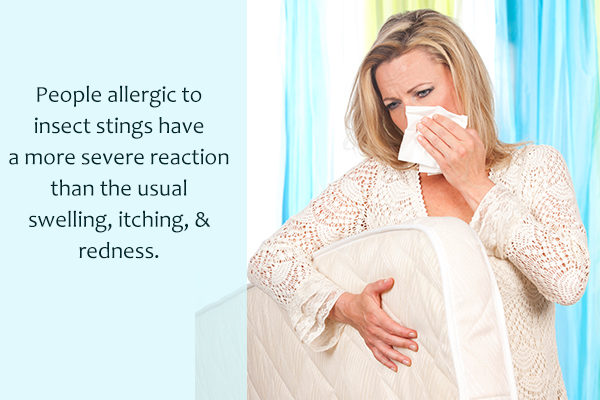
Dust mites can survive in almost any climate or altitude, but they flourish, particularly in the warm, moist confines of your home where they have a regular supply of dead skin cells. They can become deeply embedded into the fabric surfaces of your home, such as your bedding, carpeting, upholstery, curtains, and mattresses.
Nearly 40% of the global population is afflicted by dust mite allergies, with almost 20 million people in the United States alone. (6)
Prevention
It is impossible to eliminate all the dust mites from your home or office, but you can minimize their presence by adopting the following precautionary measures:
- Avoid carpeting, especially in the bedroom, as it invites more dust mites.
- Regularly and thoroughly clean the house to clear out the mites, preferably using a central vacuum or a vacuum equipped with a HEPA filter.
- Cover your nose and mouth with an N95 mask during house cleaning sessions.
- Cleaning can release dust into the air, which takes at least 2 hours to settle down. Thus, do not clean your bedroom too close to your bedtime.
- Change your bed linens regularly and wash the used ones in hot water to kill any dust mites present on it.
- Cover your mattress and pillows in mite-proof cases.
- Install a HEPA air cleaner in the bedroom and keep it running to filter out mites.
5. Food
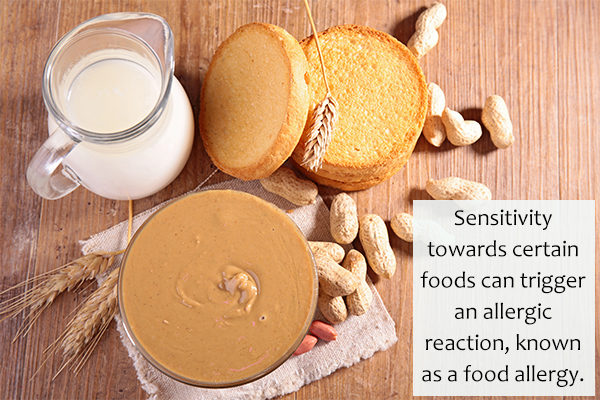
You can have an allergic reaction to something you ate, which is known as a food allergy. This happens not because the dietary substance itself is questionable or harmful, but because your body confuses it to be so.
Food allergies differ from food intolerances but are far more severe and can even be life-threatening. (7) Biologics is a safe and effective therapeutic intervention to build one’s immune tolerance for food antigens. (8)
Prevention
Prevent food allergies from occurring by following these tips:
- The first step toward preventing food allergies is avoiding the food that causes the allergic reaction.
- Always check the ingredients when shopping for food or ordering food to make sure it does not contain anything that you might be allergic to.
- If you have a known food allergy, always carry epinephrine for emergencies.
6. Insects and insect sting
Insects can either contaminate surfaces that cause an allergic reaction on contact or release the allergens directly in your body through stinging.
a. Stings
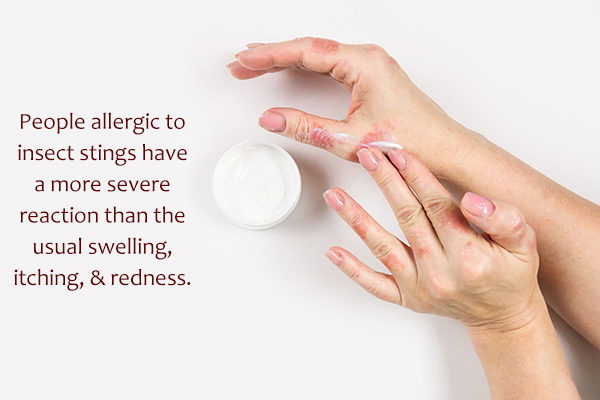
The usual effects of an insect sting to a person are swelling, itching, and redness.
Severe reactions can result from insect stings. Anaphylaxis resulting from wasp or bees stings is common and requires specific immunotherapy to prevent further severe reactions. (9)
Immediate diagnosis and treatment of sting reactions are crucial to reduce the risk of further reactions. (10)
Prevention
The following measures can be taken to avoid the potentially fatal effect of an insect sting reaction:
- Stay away from areas that are known to be infested by insects.
- Insects like yellow jackets tend to feed on discarded, rotten food and garbage. So, keep your surroundings clean and stay away from such feeding grounds.
- Perfumes lure honeybees, so avoid wearing a strong-smelling scent when going out.
- When venturing outdoors, consider wearing protective clothing and footwear to cover up exposed skin as much as possible.
- If you have had a previous severe allergic reaction to an insect sting, carry epinephrine at all times to treat anaphylaxis.
b. Insects (cockroaches)
Cockroaches contain a specific protein in their waste, saliva, and body parts that can trigger an allergic reaction if inhaled.
Approximately 40%–60% of people who have asthma, both in urban areas and inner-city areas, have the IgE antibodies to cockroach allergens. (11) A person with asthma is more likely allergic to cockroach as well than those who do not have asthma. (12)
Prevention
Steer clear of an allergic reaction to cockroaches through these measures:
- Use pest control or hire pest control professionals to do the job.
- Use boric acid, traps, or poison baits but do not use these poisonous chemicals if there are small children or pets in the house.
- Cockroaches feed on filth and garbage, so make sure to clear your trash every day.
- You may consult your doctor about getting allergy shots.
7. Latex
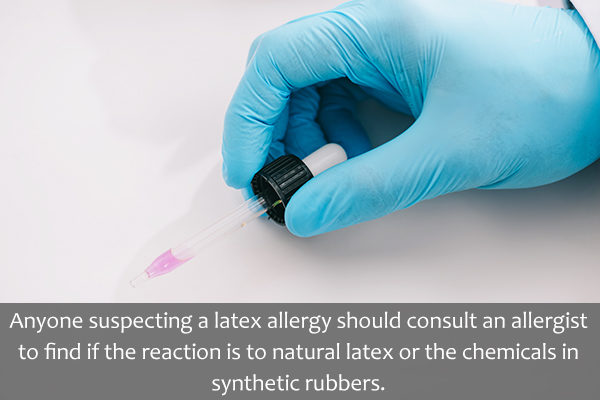
Latex is a milky fluid obtained from various kinds of seed plants, particularly from rubber trees.
Latex is the chief component of rubber and is found in a whole range of everyday products, such as rubber gloves, toys, tires, shoe soles, condoms, balloons, rubber bands, bandages, and paint.
There is a dire need to look for or develop safer substitutes for this common allergen. Moreover, a system should be in place to identify and tag latex-containing products to avoid usage by allergic people. (13)(14)
Prevention
To prevent latex allergy, you must first educate yourself about what it is and how to deal with its symptoms, for which you need to seek the help of an allergist.
- You must inform your physician and dentist about your condition so that they can refrain from using rubber products when examining or treating you.
- Your best move is to search for safer alternatives to latex products to minimize the risk of exposure.
8. Fragrance
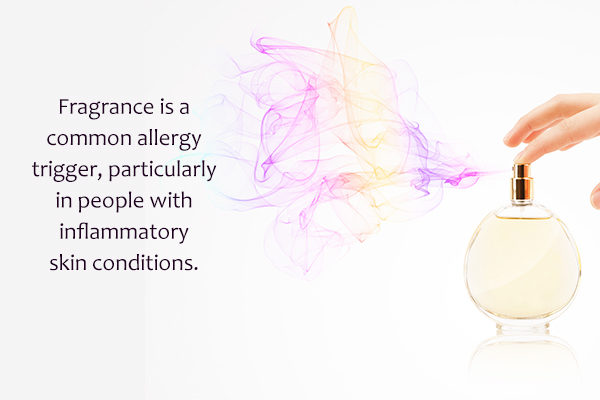
Some of the scented cosmetics are essentially synthetic chemicals that can trigger allergy-like symptoms in some people.
These symptoms are usually a result of increased skin sensitivity and irritation after prolonged exposure to the scented substance. Such an effect may even pave the way for allergic contact dermatitis (ACD). (15)
Fragrance is one of the most commonly reported triggers of allergic reactions, particularly among people with pre-existing inflammatory skin conditions, such as contact dermatitis.
Prevention
The best you can do is minimize your risk of exposure by staying away from scented products. You must exercise special precautions when trying new fragrances as well. Test a small sample to see if it causes a reaction.
9. Medication/drugs
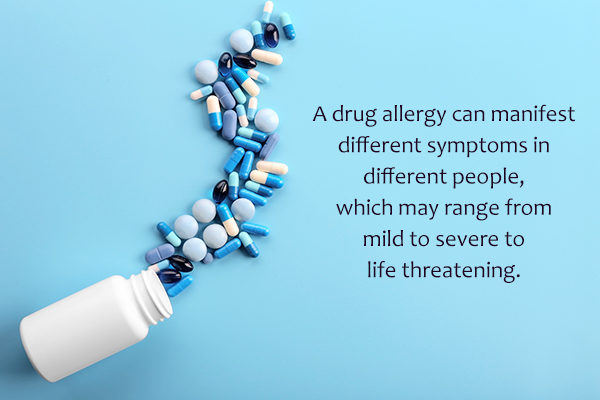
Certain medications, when administered orally, topically, or intravenously, are mistakenly identified by the body as harmful agents.
Drug allergy is a common clinical complaint that warrants proper medical evaluation by an allergist. (16)
Management options typically involve avoiding the offending drug and substituting it with a more suitable alternative that has a different chemical structure. (16)
Prevention
While there is nothing you can do to keep yourself from becoming allergic to a medication, you can certainly prevent allergic reactions by avoiding the medicine that you are allergic to and perhaps even those with a similar chemical composition.
Consult your doctor to seek safer substitutes for the offending drug instead.
10. Smoke (cigarette, barbecue, environmental)
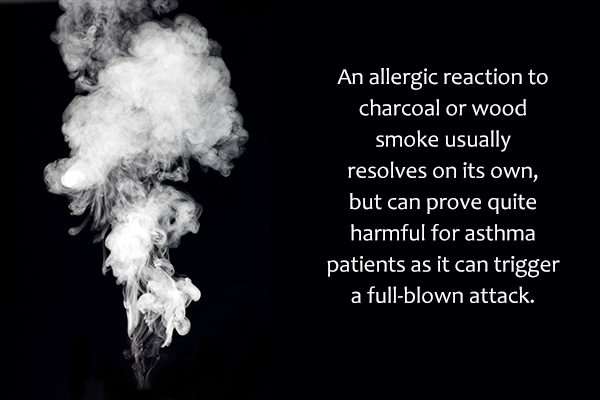
An allergic reaction to charcoal or wood smoke usually resolves on its own, but it can be quite deleterious for asthma patients as it can trigger a full-blown attack. People with seasonal allergies should also steer clear of tobacco smoke, as it can trigger and exacerbate their symptoms.
Prevention
An allergic reaction to smoke can be avoided by doing the following:
- Try to avoid smoky areas the best you can, but if you must, make sure to sit against the direction of the wind so that the smoke blows away from you rather than toward you.
- Second-hand smoke could be quite harmful, so protect yourself from it as well.
- Wear an anti-pollution mask to protect yourself from the airborne allergens.
11. Metal allergy (nickel)
Nickel is a naturally occurring metal that is often amalgamated with other metals to make alloys that are used for manufacturing a whole range of essential items.
Nickel has been identified as one of the major triggers for allergic contact dermatitis, wherein your skin may become irritated or develop a rash upon coming in contact with the said metal. (17)(18)
Prevention
Firstly consult an allergist for the cause of your symptoms. Once you are certain that it is nickel that you are allergic to, you can move on to the management phase. This involves discontinuing or minimizing the use of nickel-containing products in your daily life to prevent allergic reactions in the future.
Final Word
Exposure to allergens can trigger severe immune reactions in a person. Therefore, the best way to prevent allergies is to avoid exposure to triggers.
Furthermore, you can take the help of preventative or emergency medications to manage the condition. You may also consult your doctor about allergen immunotherapy.

- Was this article helpful?
- YES, THANKS!NOT REALLY


